Looks like a chance for over 70F on Saturday in some areas of MA, good chance for P. imparis that day ![]()
- Formiculture.com
- Forums
- Gallery
- Members
- Member Map
- Chat

Looks like a chance for over 70F on Saturday in some areas of MA, good chance for P. imparis that day ![]()
I just moved and where I am has a lot fewer opportunities for anting. So if anyone is successful getting some P. imparis this spring and has extra queens I'd be very interested. I'd def trade but not sure I have anything of interest haha
I am looking to add P. Imparis to my list as well.
With the rains yesterday, a slightly warmer and sunnier day today, I got my eyes open.
Forgot to bring containers with me to work but I will figure something out if I happen to spot something.
Tetramorium immigrans | Journal
Lasius Neoniger | Journal
Camponotus Pennsylvanicus | Journal
Camponotus Chromaiodes | Journal
Schermicarium - DIY | Journal
My cremetogaster queen laid 1 egg. But her test tube is really dirty. Should I wait to see if nanitics appear to change tubes or should I do it now. Also what time of the day do P.Imparis usually fly because I will be going to upstate New York on Saturday.
Don't stress your Crematogaster queen in any way until she has multiple workers. I wouldn't try any moves until she has a worker force to help. I learned this lesson the hard way with my three Crematogaster. The one I didn't try to move already has 25 workers, while the two I moved have 8 and ZERO workers.
Went on a walk. On the streets and on paths through the forest. Didn't find any P.Imparis though. It was around 70 degrees with a bit of wind here in western mass.
It's still a bit early, they can still fly into afternoon ![]() Sun came out about an hour ago and hit 72F here.
Sun came out about an hour ago and hit 72F here.
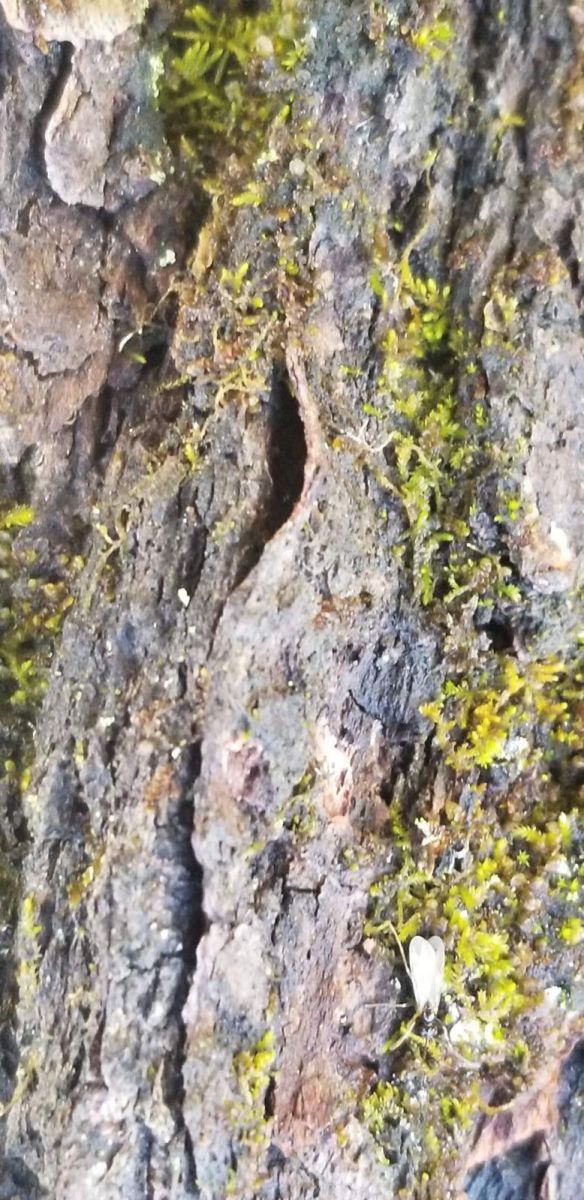
Seeing a swarm of these flying in the shadowy side of a tree. Lots of workers foraging on the tree as well.
No females from what I can tell, I believe these to be male P. Imparis?
They were landing and immediately taking back off, very hard to capture an image.
Tetramorium immigrans | Journal
Lasius Neoniger | Journal
Camponotus Pennsylvanicus | Journal
Camponotus Chromaiodes | Journal
Schermicarium - DIY | Journal
I have seen dozens, chased them all off into the horizon or into a bush.
Of course the first one I caught is when I decided to take a break, and it landed on the table in front of me.
the other two i followed to the ground and watched them walk around with males still attached.
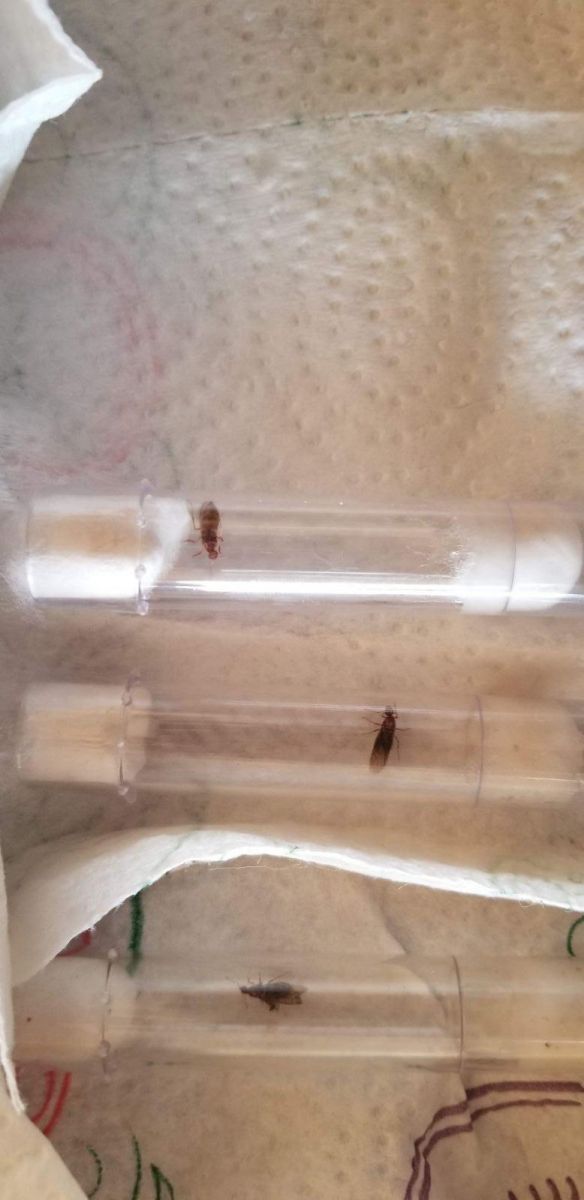
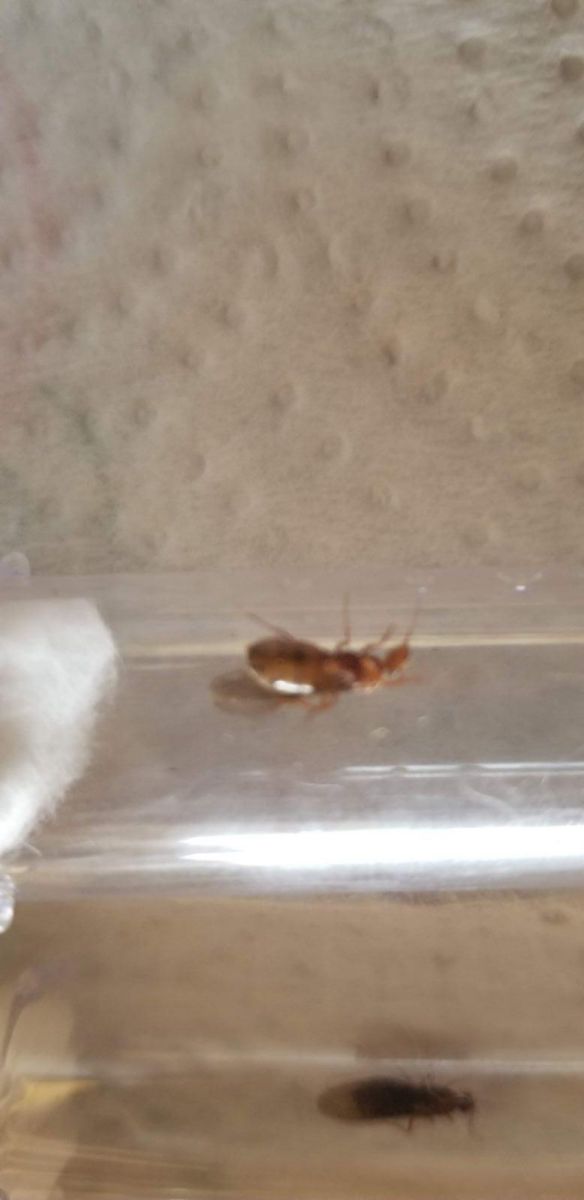
Edited by Scherme, April 13 2019 - 12:04 PM.
Tetramorium immigrans | Journal
Lasius Neoniger | Journal
Camponotus Pennsylvanicus | Journal
Camponotus Chromaiodes | Journal
Schermicarium - DIY | Journal
P imparis flew on the 5th, yesterday, and today.
http://www.formicult...achusetts-only/
Youtube. https://www.youtube....Hbsk2xiarcfGTmw
Keeper of...
Aphaenogaster sp
Camponotus americanus, castaneus, chromaiodes, novaeboracensis, pennsylvanicus.
Crematogaster sp
tetramorium immigrans
Formica sp
Any of you guys have success using black lights to find queens? Because some camponotus species fly at night in May and I read that black lights help. Last year I occasionally looked at night and I want to start looking at night more often. What kind of black lights do you use and how?
I am mostly loking for C.Americanus and C.Novaeboracensis. Do they fly at night?
fmoreira60, on 17 Apr 2019 - 9:19 PM, said:
Any of you guys have success using black lights to find queens? Because some camponotus species fly at night in May and I read that black lights help. Last year I occasionally looked at night and I want to start looking at night more often. What kind of black lights do you use and how?
fmoreira60, on 17 Apr 2019 - 9:24 PM, said:
I am mostly loking for C.Americanus and C.Novaeboracensis. Do they fly at night?
C. americanus starts flying around 5-6pm, and will usually be easier found via flashlight spotting after dark as they are looking to found. I've observed they typically have small flights, and may only fly once or so a season. C. noveboracensis I've only seen a handful of times as well (vast majority I see are C. pennsylvanicus.) I've only seen them fly with other species like C. Myrmentoma subgenus, C. pennsylvanicus, etc. I've only observed them at night flying, usually on nights when it's hot and humid. If they are like C. pennsylvanicus, I suspect they will probably start early evening as well, and fly into the night (like I have observed.)
Here's some tips for MA people looking for Camponotus;
Where to look for Camponotus Queens:
There's always exceptions, but that's after a few years of collecting what I have observed.
Edited by noebl1, April 19 2019 - 3:29 AM.
FYI P. imparis are flying today in MA.
Ants & Myrmecology →
General →
Want to connect with other ant keepers in MaineStarted by Naturenut1233 , Mar 29 2024 |
|

|
||
Market Place →
General Market Place →
Ottercl's Ant Shop (Massachusetts)Started by Ottercl , Aug 4 2023 |
|
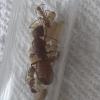
|
||
Anting →
Ant ID Requests →
Can anyone identify which ant this is?Started by KodexFB , Sep 26 2022 |
|

|
||
Ant Keeping →
General Ant Keeping →
Can anyone identify which ant this is?Started by KodexFB , Sep 26 2022 |
|

|
||
Market Place →
General Market Place →
Looking to buy Queens/Already built colony's in CTStarted by OliverO , Nov 11 2021 |
|
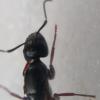
|
0 members, 0 guests, 0 anonymous users